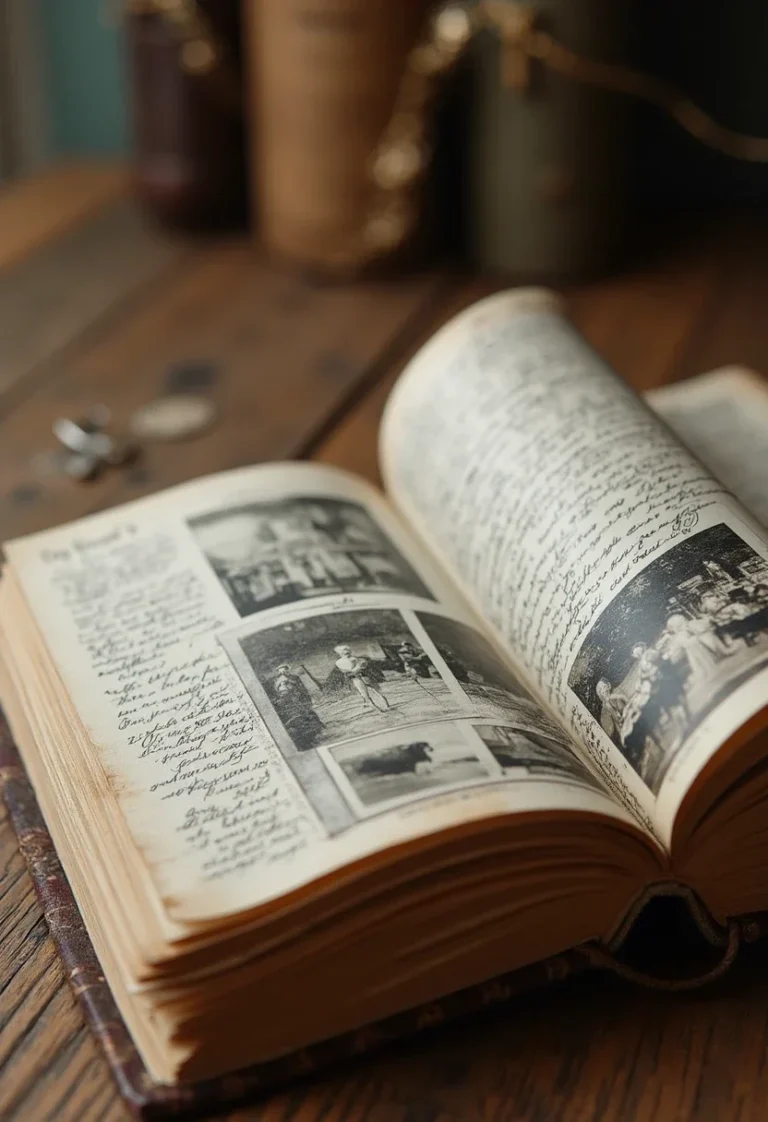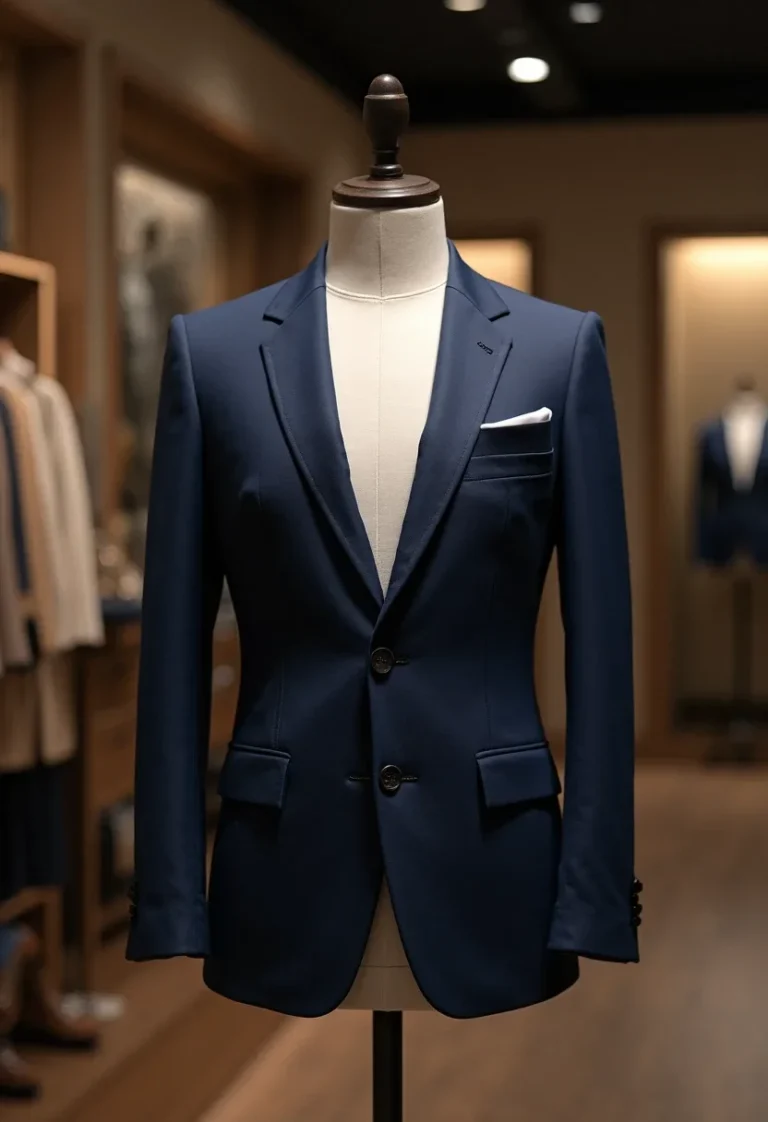10 Timeless Elements of an Old Money House
Old money houses evoke a sense of timeless elegance and understated luxury that is both captivating and elusive. Defined by their classic architecture, carefully curated interiors, and a sense of history, these homes stand as symbols of generational wealth and taste. In this article, we explore ten quintessential elements that define an old money house, offering a glimpse into the world of sophistication and tradition that these stately homes embody.
1. Grand Entrances

The entrance to an old money house is often grand and inviting, designed to leave a lasting first impression. These entries typically feature large wooden doors, often with intricate carvings or ironwork. Symmetrical columns or pilasters flank the entrance, highlighting the architectural symmetry that is a hallmark of these homes. The entrance hall inside usually boasts a spacious layout, adorned with marble or hardwood flooring and a chandelier, setting the tone for the elegance that follows.
2. Classic Architecture

Old money homes are often characterized by classic architectural styles, such as Georgian, Colonial, or Victorian, each with its distinct features. These styles emphasize symmetry, proportion, and attention to detail, with features like brick facades, pitched roofs, and decorative moldings. The timeless appeal of these architectural styles lies in their ability to convey a sense of permanence and tradition, reflecting the enduring nature of the wealth and prestige associated with these homes.
3. Luxurious Libraries

One of the most cherished rooms in an old money house is the library, a sanctuary of knowledge and refinement. These libraries often feature floor-to-ceiling bookshelves crafted from rich woods such as mahogany or walnut. Leather-bound books line the shelves, while comfortable seating areas invite hours of reading and contemplation. The ambiance is further enhanced by dim lighting and vintage rugs, creating an environment that is both cozy and intellectually stimulating.
4. Formal Dining Rooms

Formal dining rooms in old money houses are designed for entertaining and hosting guests in grand style. These rooms often feature large dining tables capable of seating many guests, surrounded by elegant chairs upholstered in fine fabrics. Crystal chandeliers hang overhead, providing a warm glow that complements the polished wood of the table. Walls may be adorned with classic artwork or family portraits, reinforcing the sense of tradition and history that permeates these homes.
5. Elegant Staircases

The staircase in an old money house is often a centerpiece, showcasing craftsmanship and elegance. These staircases are typically grand in scale, with sweeping curves or dramatic straight flights. The balustrades might be made of wrought iron or intricately carved wood, adding to the opulence. Often, the staircase leads to a spacious landing or gallery, which may be adorned with family heirlooms or artwork, serving as a testament to the family’s heritage and legacy.
6. Ornate Fireplaces

Fireplaces in old money houses are more than just functional; they are works of art. These fireplaces often feature elaborate mantels carved from marble or stone, sometimes adorned with intricate reliefs or classical motifs. The hearth serves as a focal point in living rooms or libraries, offering warmth and a sense of comfort. The presence of a grand fireplace in a room adds to the overall ambiance, creating an inviting space for family gatherings and intimate conversations.
7. Quality Materials

The use of high-quality materials is a defining characteristic of old money houses. These homes are built to last, with materials like hardwood flooring, stone facades, and slate roofs. Interior finishes often include intricate wood paneling, handwoven textiles, and custom millwork. The emphasis on quality extends to every detail, ensuring that the house not only looks beautiful but also stands the test of time, reflecting the enduring wealth and taste of its owners.
8. Art and Antiques

Art and antiques play a significant role in the decor of old money houses, serving as tangible links to history and culture. These homes often feature collections of fine art, ranging from classical paintings to contemporary pieces, displayed prominently on walls or in dedicated galleries. Antiques, such as period furniture, porcelain, and silverware, are carefully curated to complement the home’s aesthetic, adding layers of depth and character to the interior spaces.
9. Landscaped Gardens

The exterior of an old money house is as meticulously designed as its interior, with landscaped gardens that enhance the property’s grandeur. These gardens often feature manicured lawns, symmetrical flower beds, and mature trees that provide shade and privacy. Pathways made of stone or gravel lead visitors through the garden, offering picturesque views and serene spaces for relaxation. Garden features like fountains, statues, or gazebos add to the elegance, creating an outdoor extension of the home’s refined atmosphere.
10. Timeless Decor

The decor of an old money house is characterized by timeless elegance, combining classic elements with personal touches. Neutral color palettes, luxurious fabrics, and understated patterns create a cohesive and sophisticated look. Furniture pieces are often heirloom-quality, chosen for their craftsmanship and style. Accessories such as crystal vases, silver candlesticks, and fine china add subtle opulence, while personal items like family photos or treasured mementos infuse the home with warmth and personality.
Old money houses are not just residences; they are reflections of history, tradition, and timeless elegance. Each element, from the grand entrance to the landscaped gardens, is carefully curated to convey a sense of refinement and permanence. These homes stand as symbols of enduring wealth and taste, offering a glimpse into a world where sophistication and tradition reign supreme.






